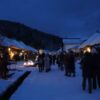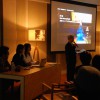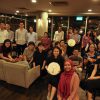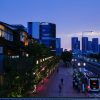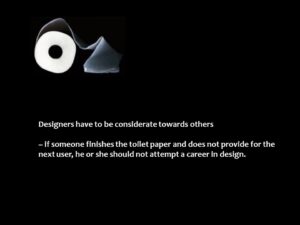
Interviewer: Reiko Kasai
(Mr. Mende’s Toilet Paper Theory at the beginning.)
Mr, Mende has experienced an empty toilet paper holder twice since he established the LPA office and was extremely annoyed.
‘Who didn’t replenish new toilet paper after it was empty? You should stop being a designer right now.”
In other words, the Mende’s theory is that design is about caring for those around you. If you are not able to do so, you are not qualified to become a designer.
This is the first time we have publicly introduced the toilet paper theory.
With the founder of LPA, Mr. Mende, and the three current directors, Mari Kubota, Kentaro Tanaka, and Reiko Kasai, we would like to look back on the 30 years of LPA and discuss what kind of company we are. Today, Kasai will be the facilitator.
Conversation starts:
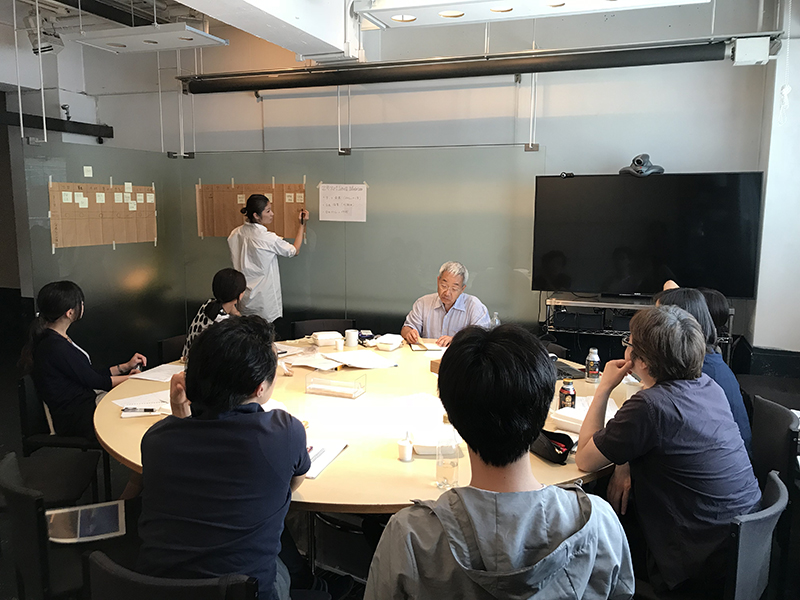
Kasai: Oops, I do not see any 2400φ(diameter) round tables in the new office (in Tokyo) that we have just moved into at the beginning of last year.
Kubota: LPA is now too big to fit around a singular round table.
Kasai: When you started LPA 30 years ago, did you think that it would expand to become a company of this scale?
What was the state of the world at that time and what was the environment surrounding lighting design?
Mende: I started my career in lighting design 43 years ago, and at that time there were no architectural lighting designers in Japan.
I founded LPA on August 8, 1990. 3 days later, Rafael Vinoly’s office contacted me and we started working on the Tokyo International Forum project, our first commissioned project.
At the time, there were a lot of highly motivated architects in Japan like Arata Isozaki, Fumihiko Maki and Toyo Ito who were all interested in LPA.
Numerous projects with such architects laid the foundation for LPA.
We started with 6 people, and now there are 60 spanning 3 offices in Tokyo, Singapore, and Hong Kong. At the time I had no idea that the LPA would grow to this size, but I think that we achieved this scale because we feel very strongly about being involved in all phases of development including site supervision, properly and meticulously.
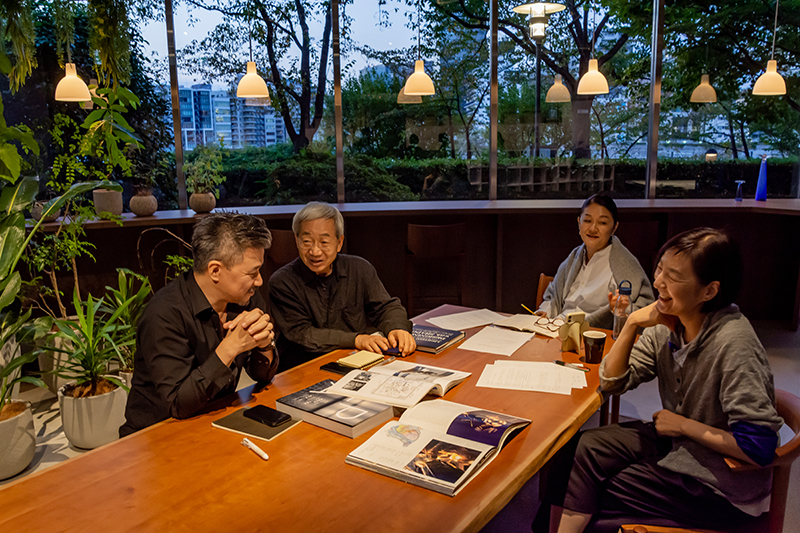
Kasai: What was the atmosphere like at the LPA at that time when you joined the company as a new graduate in 1994?
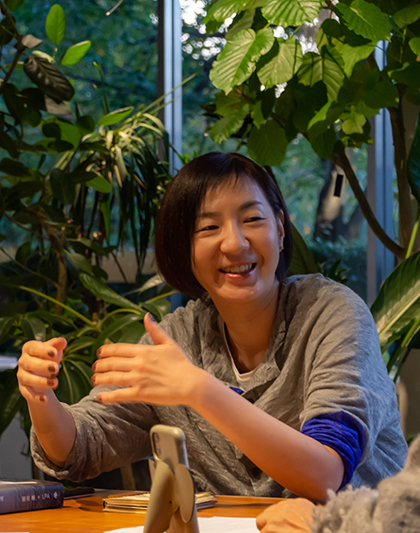
Kubota: At first, I started out working part-time organizing slides, but I learned a lot from looking at the many photographs that Mende and his colleagues took of architecture and spaces in various locations, capturing them with light.
Gradually I became involved in the project and was fascinated by how architecture can be made to look beautiful with light, which led me to the present day. Unlike architects, lighting designers are always working on multiple projects, so I guess one of the characteristics is that there is never a clean break in our work.
Kasai: Kentaro and I joined the company in 1995. What was your motivation for joining the company, Kentaro? For a while after I entered the LPA, I saw you in a small room called the “model room” all the time, where they just made models.
Tanaka: At the time, most of our projects were commissioned by architects, so in hindsight, I think I was spending a lot of time in the design process with the architects, carefully making models.With no practical experience, I deepened my knowledge of the space by making models, and I realized that the hands-on experience and understanding I had in making models would be directly relevant to the completion of the space later on site.
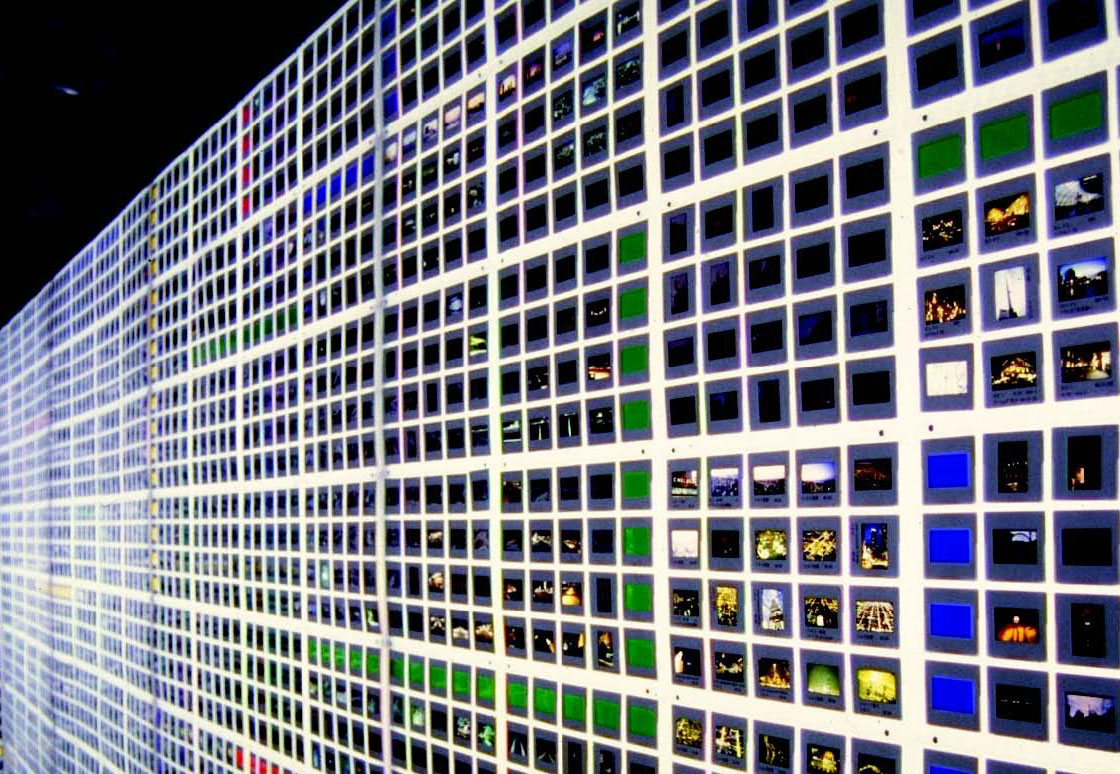 Stock of slides
Stock of slides making models
making models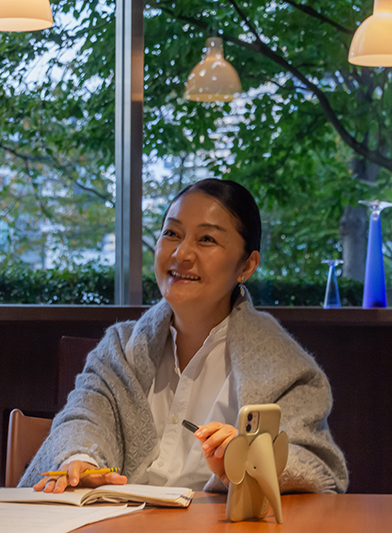
Kasai: Speaking of me, I was hired as Mende’s personal assistant and publicist.
On the second day of work, I asked what I could do today and was handed a book of Louis Kahn’s “Light is the theme” and was told to translate it into Japanese. I was puzzled by the first work assignment given.
What drew me to LPA was the Lighting Detective activities. I thought it was highly admirable that the company was doing non-profit after-school activities to bridge design and society, not just purely desk-based design work.
The year 1995 was a milestone year for the company, five years after it was founded.
We moved from our first office building that was near Kengo Kuma’s office, to a few minutes away from Toyo Ito’s office. We ended up staying in this office for 25 years until the beginning of last year.

From the end of 1995, LPA started organizing various public events under our non-profit group, Lighting Detectives, at the Tokyo Design Center, such as monthly public talks with artists, writers, and cultural figures until the end of 1996. , the tours to explore Tokyo’s night lights and one-night guerrilla light up events and so on….
(to Kubota )You must have been overwhelmed and wondering why you have juggle organising these events when you are in a lighting design company?
Kubota: We learned how to organise and make plans through the monthly talk events. Although it was hectic, I learnt how to plan efficiently each month, and this helped me improve my management skills and to work in a team.
Kasai: Ah, “making plans” is one of Mende’s favorite words.
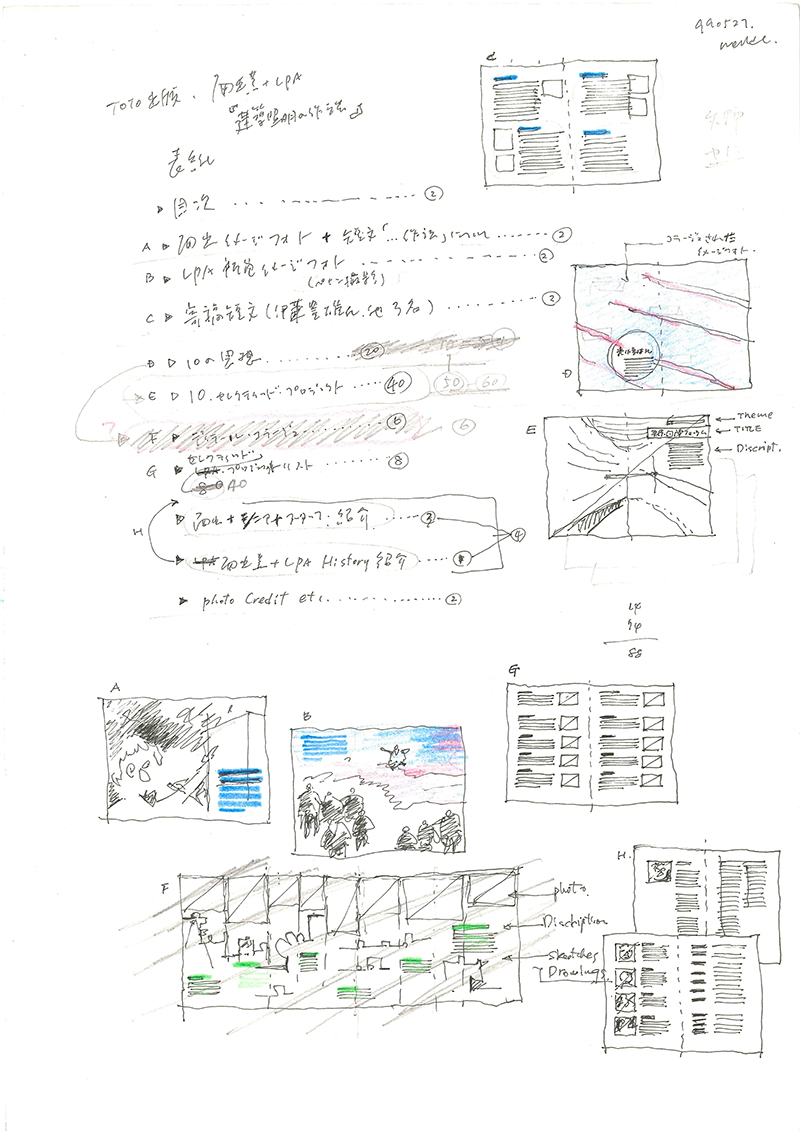
Kubota: It is amazing that in the 25 years since then, the various activities of the Lighting Detectives as a non-profit organisation, has been carried out continuously for the public.
Kasai: In Japan, there are also public projects in local cities that take on the spirit of the Lighting Detectives and involve citizens in planning the lights of their cities. I think it is wonderful that lighting designers and the government are working together to create urban lighting that reflects the culture and history of the area, not forgetting the will of the people.
We are currently working on a community lighting revitalization plan in the area where the LPA office is located to see if we can do something like that in Singapore, where cities are built based on state-led urban planning.
The Lighting Detective’s work has become a major part of LPA’s identity.
As we began to be featured in international media, we slowly started to network with lighting designers who responded to the term “Lighting Detectives,” which led to Transnational Lighting Detectives forum.
The first Transnational Lighting Detectives Forum was held in Tokyo in 2002, and has since travelled to Europe, Asia, and the United States for a total of 15 forums and workshops.
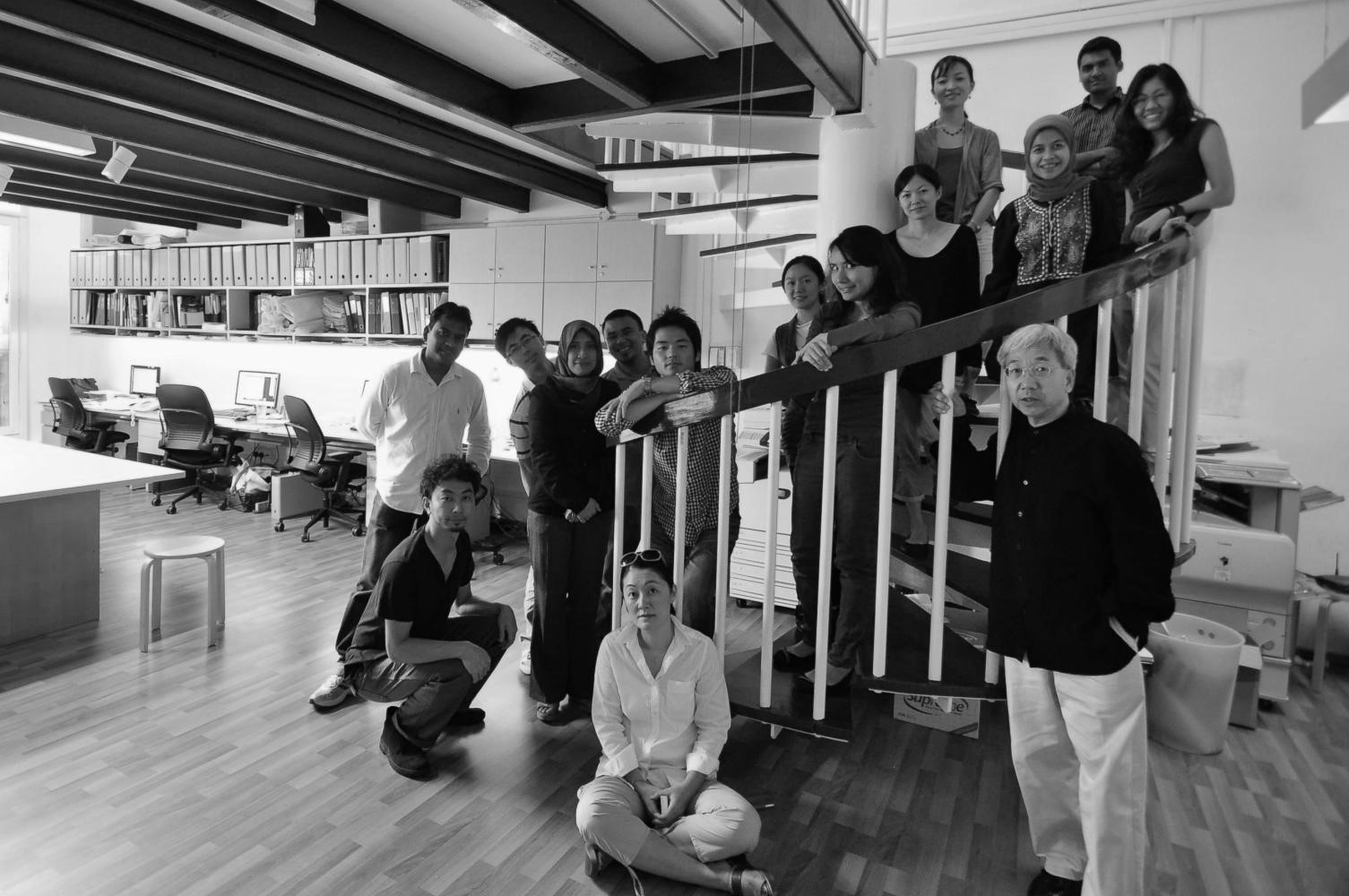
In 2000, we celebrated our 10th anniversary and opened an office in Singapore.
LPA’s starting point in Japan was architectural lighting design, and to literally bring new light to the Japanese architectural culture, focusing on projects that Japan’s world-class architects were responsible for. Following the expansion overseas to Singapore and other locations, the scope of work has naturally evolved to cater for what different society and culture require. …
Kubota: By 2000, I was handling projects on my own, and enjoyed going to the site alone, interacting with the architects to plan the design and build the site. I felt a sense of fulfilment in working with Maki, Taniguchi and other wonderful architects on public buildings, and a sense of accomplishment that I was able to physically and actively make things happen on site.
When we started working on the Roppongi Hills project, I got the impression that the work we were doing was gradually shifting from being commissioned by architects to being commissioned by business owners.
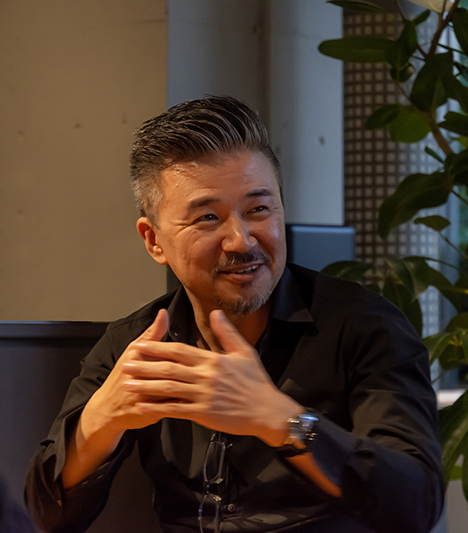
Tanaka: The first overseas project I was involved in was the refurbishment of the lighting at Kuala Lumpur International Airport just after its completion in 1998, but it was completely different from a Japanese project in terms of structure and manners. I was very surprised.
At the same time, it reminded me of and made me appreciate the high quality of Japanese construction.
Kasai: Singapore is a country where the government has strong leadership and initiative in urban planning. It is constantly looking forward and updating its plans for development from time to time. Over the past 20 years, development has progressed at a fast pace.
We have witnessed that change through our work in lighting design there.
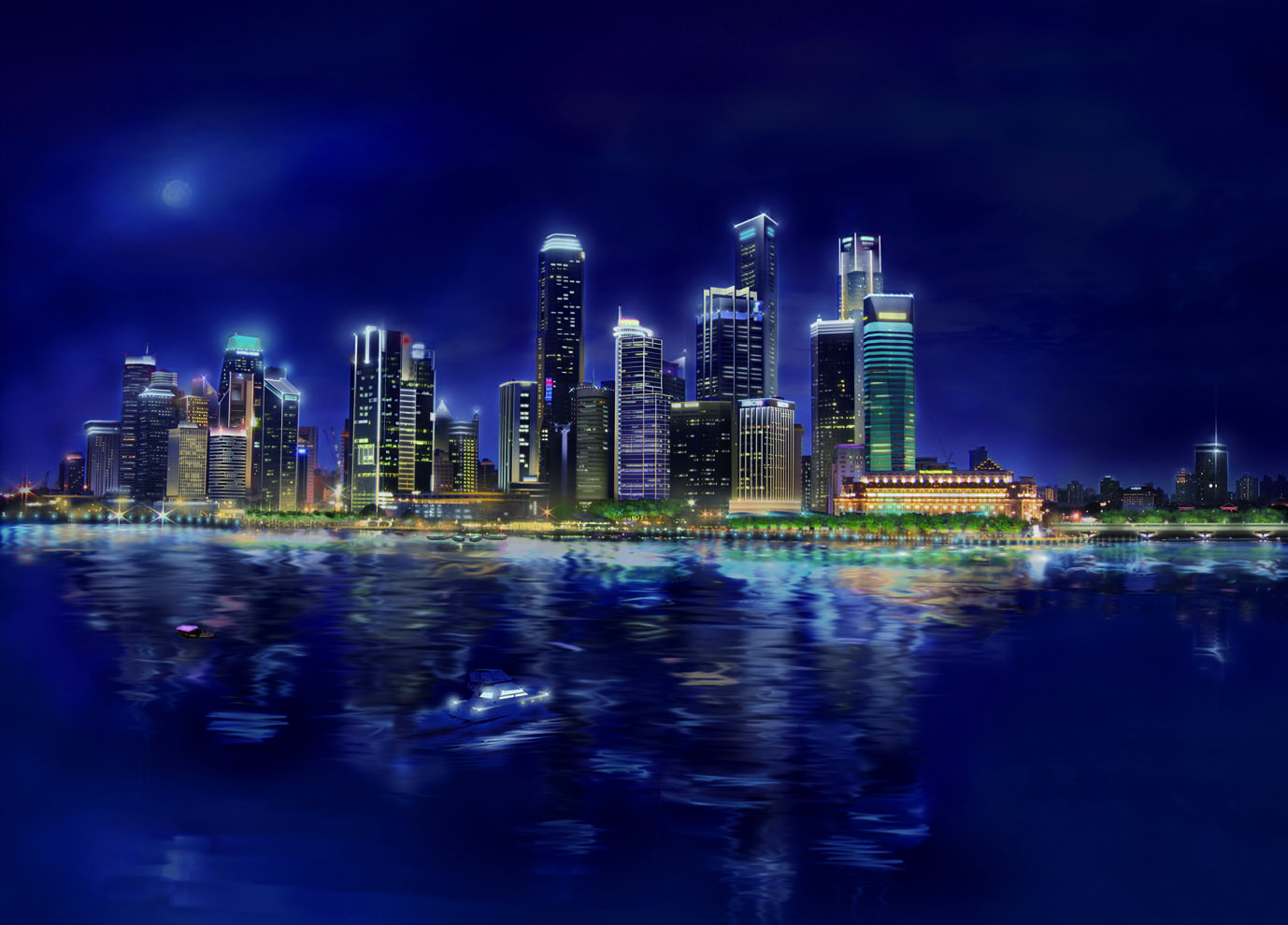
It is in Singapore that we have been able to push on with the nightscape planning along with urban planning, and landmark project development. LPA is proud to have contributed to the creation of the night scene in this city-state with projects such as the Light Masterplan for the city centre and Gardens by the Bay.
However, there is always the question of how much additional light will be added to our proposals after they are completed if they are perceived to be too dark, and if our work have been appreciated as the final product by lighting designers.
There are many lighting design firms out there, but what makes LPA’s lighting design unique?

Mende: People sometimes perceive LPA’s work as being dark. When I was young, I was taught by my seniors to add about 20% more brightness to the design, and it was safer that way. However, I believe that it is the professionals who should always ensure that it is sufficiently bright enough or dark enough.
“Learning from nature” is a design principle of LPA. I have been inculcating this value to my staff for a long time now.
Tanaka: To be consistently detailed and meticulous is something I learned in my early days of model building, and I think this basic approach is how LPA has been able to contribute to building projects.
Mende: That’s right. Meticulous work in both “concept” and “detailing” are the lifeblood of the LPA. Lighting design with a strong sense of responsibility for what we are trying to create through our projects is something that LPA values.
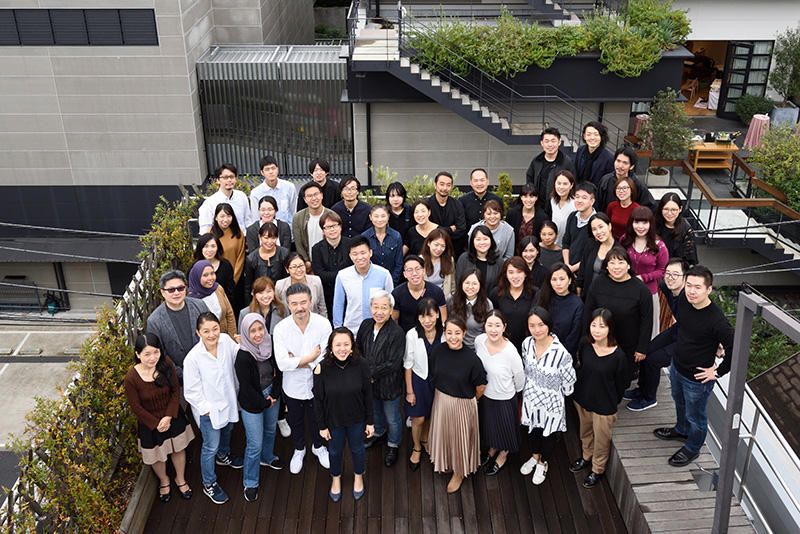
Kasai: Young people today do not know about the process of creating lighting design by moving their hands and bodies, such as making models and examining details from the early days of the LPA when we joined the company.
30 years later, the process and speed of work has obviously changed.
From the early days when designs were created by communicating with architects, the focus is now to proceed with the design process from the point of contact with the client. This is especially true outside of Japan.
The challenge is how to maintain the LPA’s design DNA and still make full use of new technologies and engineering to create beautiful work.
Within the LPA, Mari’s specialty is collaborating with architects to create spaces, and Kentaro’s best interest is hospitality design.
It is important to create an environment in which talented, experienced designers can make use of their individual strength.
The “Expert” program, which is an extracurricular activity within the company, that is very meaningful for the development of interests and characteristics of each designer.
As more and more work is being done online through the pandemic. I feel that communication between our three offices in Tokyo, Singapore, and Hong Kong is becoming easier than ever before. In the same way, I think we will see an increase in the number of activities that transcend traditional boundaries.

Mende: Yes, that is right. Lighting design will be linked to the peripheral fields of “lighting” to create a “new realm”, and LPA will also aspire to be an interdisciplinary design studio that transcends barriers.
At the same time, I believe that artistic work and technical work will become more polarized, making LPA will focus its professional and creative efforts on these two extremes.
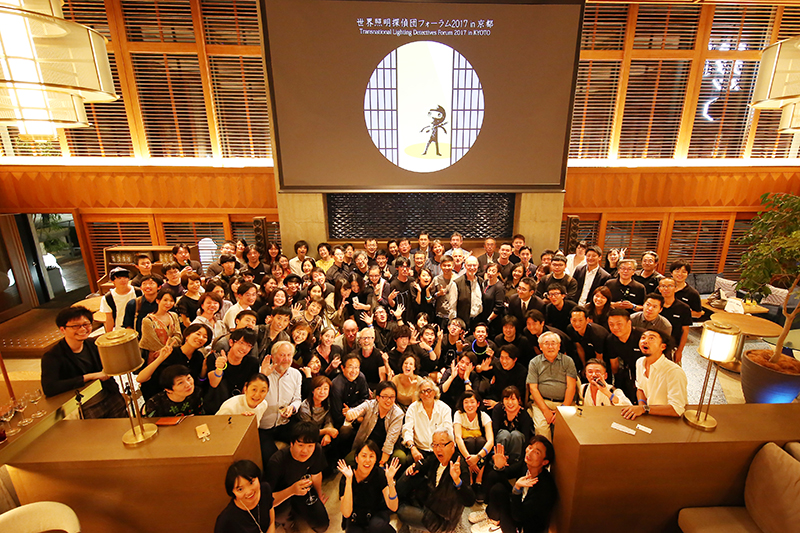
Furthermore, we are a company that combines the business of lighting design with a non-profit social activity.
Since our inception, we have always promoted and will continue to consistently promote what we are not for-profit through our Lighting Detective organisation.
I do not think lighting has become as much of a culture as we expect it to be.
I believe that we should continue to play a role in educating society about environmental issues as they become even more critical.
Kubota: Through experiencing the COVID pandemic, I feel more strongly about our lighting design to provide sensible experiences that are similar to how human respond and move by natural light.
Tanaka: Agreed, I would like to create luminous environments that leans towards the users for them to feel special.
KKasai: In addition to pursuing beautiful design, LPA should like to remind ourselves that we are a group of professionals always pushing our thoughts and actions to the public to enhance our social and cultural environment with the design .
Let’s always remember to be mindful of making sure the next person can use the bathroom comfortably!
Mende: 2020 has been an unimaginable year for humanity, but it is also a huge milestone for the LPA as we celebrate our 30th anniversary. I am 70 years old now, and with 20 more years of work ahead of me, I guess the next step is a 50th Anniversary Roundtable!
***This interview was carried out for arc magazine article





